Figures & data
Figure 1. A geographical representation of the distribution of Vibrio species and Vibrio genera across all continents is presented here.
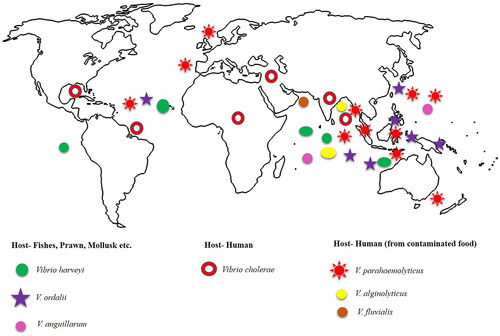
Table 1. Geographic locations and various Vibrio pathogens mentioned in the list represent a better understanding of Vibrio diversity and global impact.
Table 2. Observed variation in the hosts as well as the species of Vibrio that have been reported across the various geographical regions with reference.
Figure 2. Vibrio species are responsible for the infection known as vibriosis, which can spread from one host to another, posing a threat to both human health and aquaculture operations as a result of zoonotic infections.
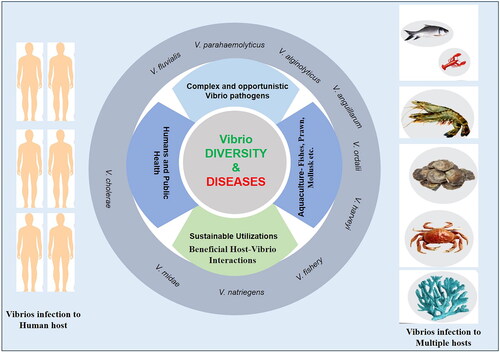
Table 3. The use of biotechnology-based mechanisms in the performance of studies on the avoidance of infections caused by Vibrio.
Table 4. Combining sensor-based diagnosis with a number of different applied biotechnological methods involving Vibrio species in research.
Table 5. The application of cutting-edge technologies to the study of Vibrio in order to guarantee effective aquaculture and species management.
Figure 3. Schematic representation of the key challenges associated with vibriosis. Vibriosis caused by Vibrio increases due to human urbanization and increasing connectivity. Climate changes and multiple-antibiotic-resistant bacteria in seafood and aquatic environments burden humans and aquaculture production.
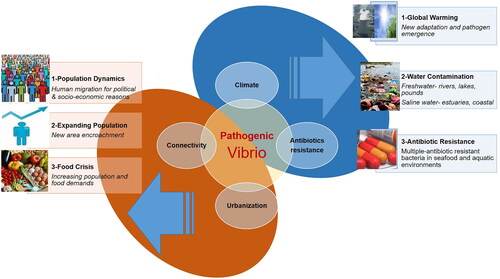
Figure 4. Diagnostics and administration based on a wide variety of databases and information systems.
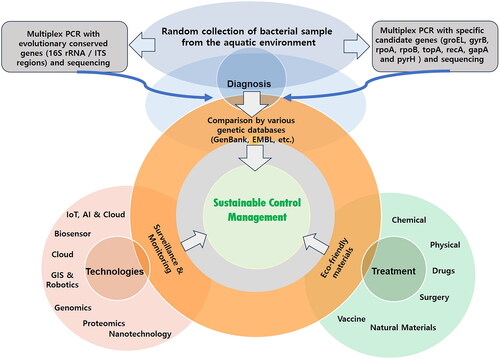
Figure 5. Integrated Technology System (ITS) concept diagrams based on the Internet of Things, artificial intelligence, and machine learning to address the challenges of Vibrio infection in aquaculture.
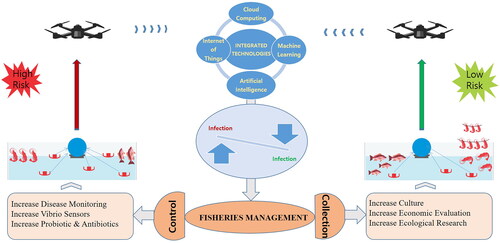
Table 6. Products of technology and systems that can be used for the effective management of aquaculture and species of Vibrio.
Figure 6. Timeline progress in Vibrio research showing a comprehensive overview of the evolution of scientific information, mechanisms, methods, and technologies related to various Vibrios.
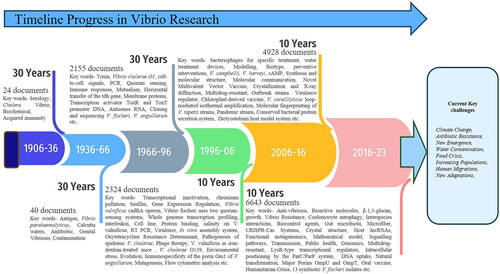
Figure 7. A roadmap of Vibrio research highlighting the global development and potential of advanced cutting-edge technologies and their integration into the development of the Vibrios management system.

